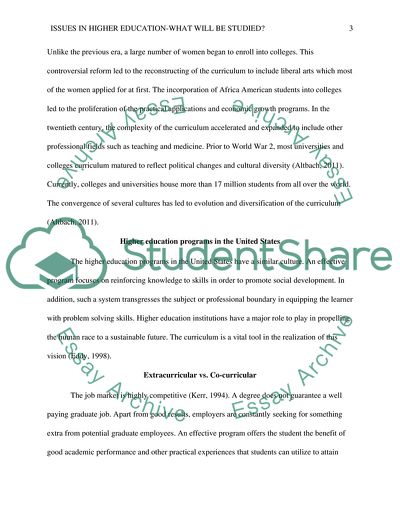Cite this document
(Issues in Higher Education Term Paper Example | Topics and Well Written Essays - 1250 words, n.d.)
Issues in Higher Education Term Paper Example | Topics and Well Written Essays - 1250 words. https://studentshare.org/education/1827442-issues-in-higher-education-what-will-be-studied
Issues in Higher Education Term Paper Example | Topics and Well Written Essays - 1250 words. https://studentshare.org/education/1827442-issues-in-higher-education-what-will-be-studied
(Issues in Higher Education Term Paper Example | Topics and Well Written Essays - 1250 Words)
Issues in Higher Education Term Paper Example | Topics and Well Written Essays - 1250 Words. https://studentshare.org/education/1827442-issues-in-higher-education-what-will-be-studied.
Issues in Higher Education Term Paper Example | Topics and Well Written Essays - 1250 Words. https://studentshare.org/education/1827442-issues-in-higher-education-what-will-be-studied.
“Issues in Higher Education Term Paper Example | Topics and Well Written Essays - 1250 Words”. https://studentshare.org/education/1827442-issues-in-higher-education-what-will-be-studied.


